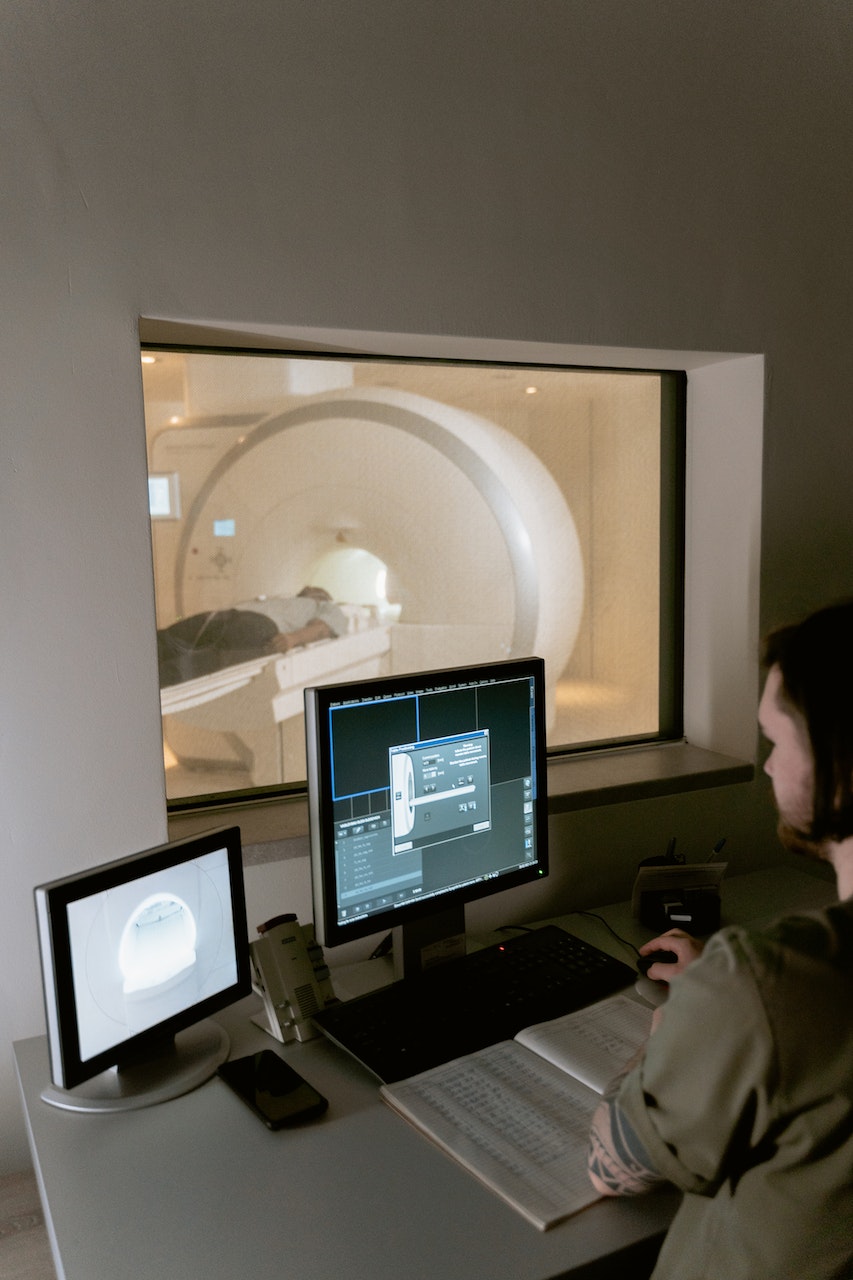Can you claim for cauda equina syndrome

Cauda Equina Syndrome is a rare condition that results from the dysfunction of multiple sacral and lumbar nerve roots in the lumbar vertebral canal.
The lumbar region is the lower back and the sacral region is below the lumbar region. The main symptoms to be aware of are dysfunction of the bladder, bowel or sexual functions together with a loss of, or change in, sensation in the saddle or perianal areas (around the anus).
Other symptoms include back pain that may or may not be accompanied by sciatica, numbness, weakness or loss of sensation / change in sensation in the lower limbs and reduction or loss of reflexes in the lower limbs.
It is important to note that symptoms may be unilateral or bilateral. Unilateral meaning one and bilateral meaning two so for example symptoms may be in one leg as in unilateral or both legs which is bilateral. Any bilateral neurogenic sciatica is a medical emergency and immediate medical attention should be sought. The diagnosis of 'sciatica' means that there is inflammation of the sciatic nerve. The sciatic nerve supplies information about movements to the leg, and sends information about sensations back to the brain. The most common cause of Cauda Equina Syndrome arises from a large lower lumbar disc herniation, prolapse or sequestration. Many patients with back pain, leg pain, or weakness of the lower extremity muscles are diagnosed with a herniated disc. When a disc herniation occurs, the cushion that sits between the spinal vertebra is pushed outside its normal position. A herniated disc would not be a problem if it weren't for the spinal nerves that are very close to the edge of these spinal discs. A prolapsed disc often causes severe lower back pain. The disc often presses on a nerve root which also causes pain and other symptoms in a leg. Disc sequestration is the most severe degree of disc herniation, in which the nuclear material of the disc spills out and completely separates with the disc.
With this condition time is of the essence so immediate presentation at a hospital is vital to ensure the patient stands the best possible chance of recovery or of reducing the extent of injury.
The symptoms referred to above are known as "red flags" to medical practitioners and, if present, should sound alarm bells for a potential Cauda Equina Syndrome diagnosis. It is therefore imperative that a thorough examination is undertaken by a medical practitioner as soon as possible and wherever possible that the patient provides as fuller and detailed history of symptoms and deterioration as possible.
A thorough examination should include an examination of the legs, checking perianal (around the anus) sensation and assessing anal tone (the resistance to introduction of the examining finger and the squeezing presented in the anus). If Cauda Equina Syndrome is suspected then urgent action should be taken by the medical practitioner, with time being of the essence. The most common way of confirming Cauda Equina Syndrome diagnosis is by way of an MRI (magnetic resonance imaging) scan. If an MRI scan confirms Cauda Equina Syndrome and shows that there is potential to reverse the pressure on the cauda Equina; then surgical intervention is the normal course of action.
Failing to act promptly with Cauda Equina Syndrome may mean that it is too late to act to reverse the problems which may result in permanent damage to the bladder, bowel, sexual function, lower limbs and more.
Due to the seriousness of the condition and the permanent problems if the condition is not managed correctly; Cauda Equina Syndrome are often high value cases. It is important to note that Medical Negligence Claims tends to be an extremely complex area of personal injury and certainly one where the number of successful cases is frighteningly low, so it is imperative that anyone looking to pursue a claim instructs a solicitor with specialist expertise in Cauda Equina Syndrome.
Next steps in a Cauda Equina Syndrome claim
In our experience, medical negligence cases involving Cauda Equina Syndrome are very complex. There may often be a number of possible Defendants to the action depending on the number of medical practitioners that were consulted; and in order to successfully prove a claim, the Claimant must show that the standard of care provided by the Defendant medical practitioner fell below that of a reasonable medical practitioner in the same field of expertise.
Furthermore, it must be proved that it was due to the Defendant medical practitioner being negligent in dealing with the Claimant which led to a delay in Cauda Equina Syndrome being diagnosed. This then leads on to further questions as to the likelihood of whether any earlier treatment would have been successful and if so to what extent. The question of what a reasonably competent medical practitioner would have done in those circumstances is considered throughout such a case and is asked of all possible Defendants.
Expert evidence is key in such cases along with medical records. Quite often difficulties can arise with such cases when the medical notes lack any detail or do not match the history that the Claimant says was provided. Cauda Equina Syndrome often involves a period of deterioration where initial symptoms may not amount to Cauda Equina Syndrome being considered.
However as symptoms deteriorate and the "red flags" become present the medical practitioner should have the thought of Cauda Equina Syndrome in his/her mind. For these reasons it is essential that the patient gives as full a history as possible when being examined and equally that the medical practitioner records a full and detailed history within the medical records.
Our team of lawyers have experience in dealing with medical negligence claims involving Cauda Equina Syndrome together with meeting using leading Barristers, Queens Counsel and medico-legal experts in this specific field.
Finally, it is important to emphasise that we are not medical experts. The information provided regarding Cauda Equina Syndrome is only very basic and we would urge you to seek urgent medical advice if you are concerned regarding any symptoms that are similar to those of Cauda Equina Syndrome.











